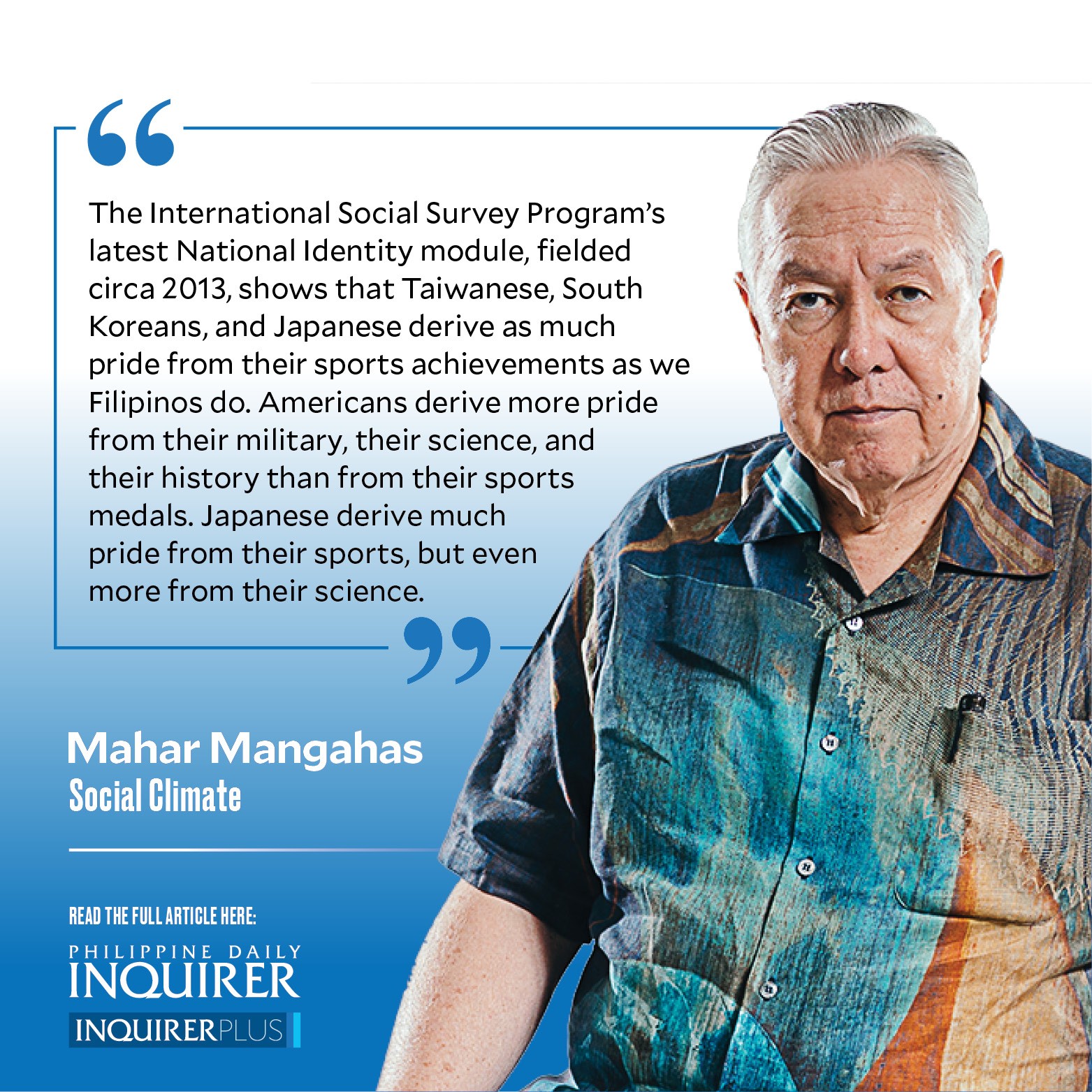Economic suffering stays intense

In the latest SWS poverty report, for May 2021, half of all families in the Philippines feel Poor, one-third of them feel Borderline Poor, and only one-sixth say they are Not Poor. This is essentially unchanged from the previous report, for November 2020, upon resumption of SWS face-to-face/visual fieldwork, which poverty self-rating requires.
In pre-pandemic 2019, when SWS did its normal four quarterly surveys, the average Poor were 45 percent, the average Borderline were 31 percent, and the average Not Poor were 24 percent (“First Quarter 2021 Social Weather Survey: Only 17% of Filipino families say they are Not Poor; 49% feel Poor, 33% feel Borderline Poor,” www.sws.org.ph, 7/8/21).
As of May 2021, the percent Self-Rated Poor was 39 in the National Capital Region (NCR), 45 in Balance Luzon, 56 in Visayas, and 59 in Mindanao. The percent Not Poor was 30 in NCR, 24 in Balance Luzon, and only 5 in Visayas and only 6 in Mindanao. Between the two ends were the many Borderline Poor.
Measuring poverty by the self-rating approach enables calculation of familiar parameters. The Median Self-Rated Poverty Threshold per month is now P20,000 in NCR, P15,000 in Balance Luzon, P10,000 in Visayas, and P12,000 in Mindanao. It is the midpoint of what the poor say they need in order not to feel poor. The thresholds are reasonable; the poor have modest aspirations.
The latest Median Poverty Gap is P8,000 in NCR, P6,000 in Balance Luzon, P5,000 in Visayas, and P5,000 in Mindanao. It is the midpoint of what the poor say is the distance from their own poverty threshold. The gaps are significant; the poor are not petty. By asking similar questions on Food Poverty, the Food Poverty Threshold, and the Food Poverty Gap, the SWS surveys produce more detailed data about poverty.
The self-rating approach enables observation of poverty transitioning. By asking about the respondents’ poverty history, the 45 percent poor can be partitioned into 35 percent Always Poor, 5 percent Usually Poor (5+ years), and 9 percent Newly Poor (4 years or less).
Meanwhile, the government is officially blind to poverty after 2018, the latest reference year of its triennial Family Income and Expenditure Survey (FIES). The next FIES year is 2021, but the data—assuming the FIES is done during the pandemic—will be ready only in late 2022, for the use of the next administration.
In May 2021, 4.2 million families had experienced hunger in the last three months. Over 600,000 families were “often” or “always” hungry (“Hunger stays high at 16.8% of families in May 2021,” www.sws.org.ph, 7/12/21). Compare this to 26,000 deaths, and 45,000 active cases, since the COVID-19 pandemic began.
In 2020, the SWS hunger rates were 16.7 percent in May and 20.9 percent in July, and shot up to a catastrophic 30.7 percent in September, before subsiding to 16.0 percent in November. (The first three surveys of 2020 were done by mobile phone, on probability samples.)
The average 21.1 percent of families hungry in 2020 is double the pre-pandemic average 9.3 percent in 2019. It is consistent with the government’s Rapid Nutrition Assessment Survey of late 2020 that found 62 percent of Filipinos “food insecure” compared to 40 percent the year before (see “The ‘food-insecurity’ emergency,” 5/8/21). SWS’ latest 16.8 percent of May 2021 implies 200,000 more hungry families than the 16.0 percent of November 2020.
Surveying hunger and poverty together enables analysis of their relationship. From November 2020 to May 2021, hunger rose by 2 points among the poor, but was stable among the non-poor.
I think the government is overly attuned to the COVID-19 statistics, as though they are stock market prices. On the other hand, it is insensitive to the data on economic suffering that SWS has long been generating—on poverty, quarterly since 1992; on hunger, quarterly since 1998.
It is for good reason that the first two of the United Nations’ Sustainable Development Goals are: 1. End Poverty, and 2. Zero Hunger. The next two of the 17 SDGs are 3. Good Health, and 4. Quality Education. The Gross National Product is not emphasized in the SDGs, also for good reason.
—————–
Contact: mahar.mangahas@sws.org.ph.
For more news about the novel coronavirus click here.
What you need to know about Coronavirus.
For more information on COVID-19, call the DOH Hotline: (02) 86517800 local 1149/1150.
The Inquirer Foundation supports our healthcare frontliners and is still accepting cash donations to be deposited at Banco de Oro (BDO) current account #007960018860 or donate through PayMaya using this link.




















